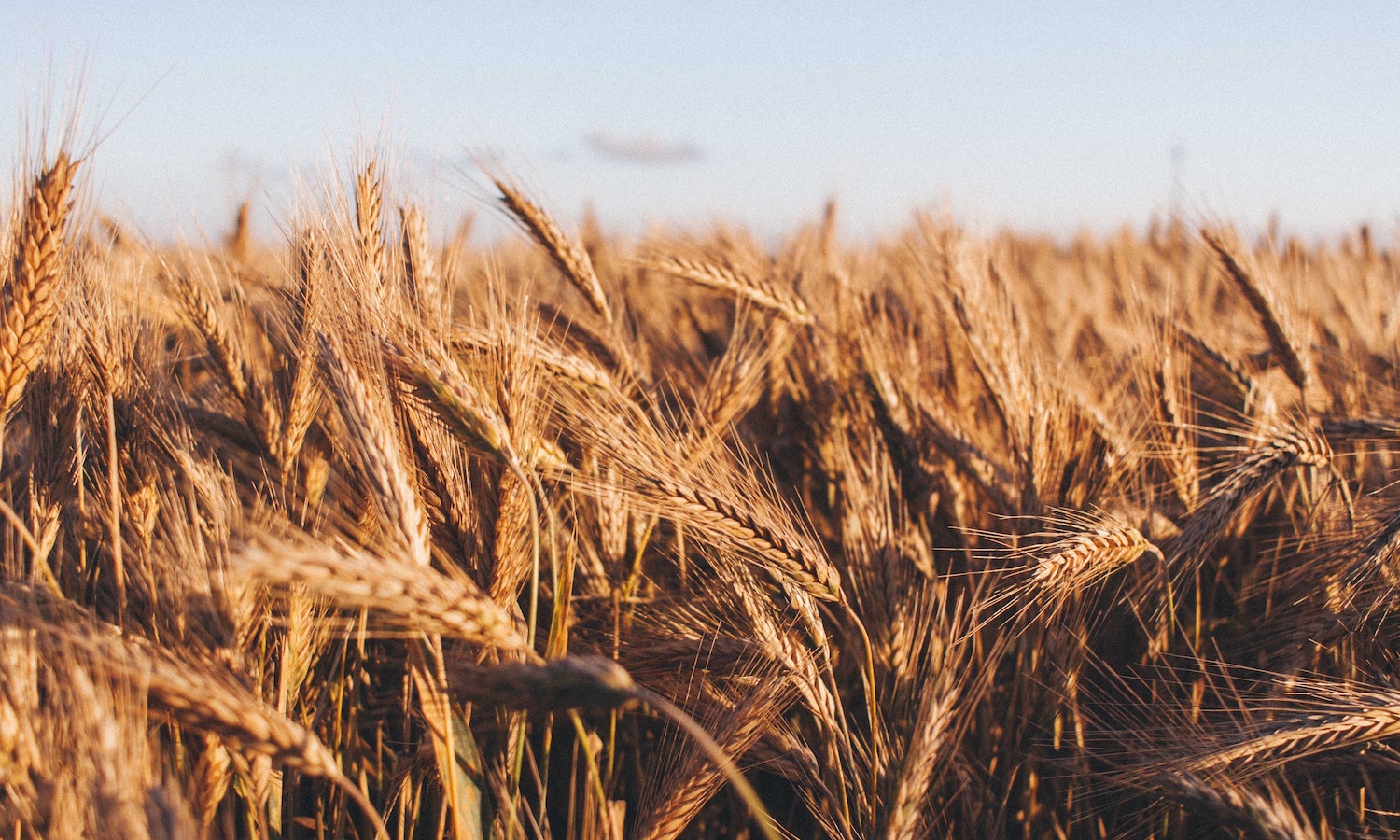The conflict in Ukraine and its impact on the global food system highlight very clearly the interconnectedness and interdependence of food producing and food importing regions. The painful negative impact of supply disruptions across the globe is disproportionately affecting Low and Middle Income Countries in Africa and Asia. These are the countries that rely most on imports for key foods such as wheat, barley, maize, and sunflower oil, the majority of which are sourced from Ukraine and Russia. Moreover, the disruptions in fertilizer and energy supplies have adversely impacted agricultural productivity while jeopardizing the transport, processing, and retail of the fresh fruits, meats, and vegetables that are so important for a nutritious, wholesome diet.
As with all global crises, it is the poorest who are being hit the hardest. As costs of food ingredients and food products rise, and as inflation depletes resources available to poor families on modest budgets with competing priorities, the consumption of safe and nutritious foods is expected to go down. We will see diets veering towards increased staple food consumption, which are the easiest to access in times of hardship. Rural households that rely on their own agricultural produce for a portion of their consumption will also be negatively impacted due to rising fertilizer prices resulting in lower crop yields. Governments across the world are expected to sharpen their focus on ensuring basic food security, with less focus on overall nutrition security.
Rising global prices of wheat and sunflower oil, because of the war in Ukraine, have already adversely impacted people in India. We are the largest importer of edible oils in the world, buying around 60 percent of our total requirement of refined sunflower oil, for instance, and nearly 10 percent of all types of edible oils. As much as 90 percent of India’s annual crude sunflower oil requirement comes from Ukraine and Russia alone. Russia, in turn, is a major destination for Indian tea. These exports are now sure to be reduced given the conflict’s impact on global trade in general, and particularly on trade with Russia due to global sanctions being imposed.
India has achieved self sufficiency in grain production in recent decades, with vibrant markets that reach consumers at the last mile, supplemented by population-wide social protection schemes. These include the Public Distribution System, which provides subsidized staple foods such as wheat and rice to over 800 million beneficiaries, and the more targeted Integrated Child Development Services (ICDS). It provides nutritional support to children from 0-6 years, pregnant women, and lactating mothers, as well as mid-day school meal programs, providing cooked meals to school children in government and government-aided schools.
India has the will and capacity to mitigate the worst impacts of the global food crisis, with timely support and infrastructure. In addition, duties and tariffs on imports could be selectively relaxed on essential food items to mitigate the negative temporary consequences of global supply disruptions, especially for edible oils.
However, this global crisis is highlighting the fragility and fragmentation of the global food system and its vulnerability to shocks. India must adapt and plan long term to address such future shocks.
How can these changes be integrated?
Greater market integration: The Indian food markets would benefit from better market integration at all levels through the use of technology-enabled platforms that allow transparent technology linkages between producers, markets, and consumers to ensure better value for all.
Regional trade in food: South Asia is perhaps the world’s least trade-integrated region. This crisis must prompt all South Asian governments to examine pathways where trade in food ingredients and essential food products is liberalized to benefit the population at large, in particular to ensure they are not subjected to higher prices because of restrictions imposed on the market.
Staying on course for large scale food fortification: Starting 2016, India started to address micronutrient malnutrition among the population by scaling-up staple food fortification through the adoption of fortification standards for wheat flour, rice, edible oil, milk, and double fortified salt. Though staple food fortification is still voluntary for food producers, there is considerable traction in Indian states to make fortified staples available through markets and social protection schemes. This complementary approach to mitigating the severe consequences of micronutrient malnutrition has support at the highest levels of India’s policy makers. We must stay the course, despite the current crisis.
Cold chain infrastructure investment: India needs urgent and regular reassessment of investments in cold chain infrastructure, to ensure appropriate temperature-controlled storage and transportation of perishable foods to even the most remote markets. It will help maximize the availability of a varied diet, as well as minimizing the loss of nutritious and fresh yet perishable foods.
Encouraging local and seasonal consumption: We need to build nationwide awareness across generations, with a specific focus on youth, for adopting healthier dietary choices. This includes national, state, and local governments encouraging the production and consumption of local and seasonal nutritious food, as well as partnerships between civil society and the private sector to catalyze production and consumption that is both good for human health and good for the planet.
Articles like the one you just read are made possible through the generosity of Food Tank members. Can we please count on you to be part of our growing movement? Become a member today by clicking here.
Photo courtesy of Tomasz Filipek, Unsplash















